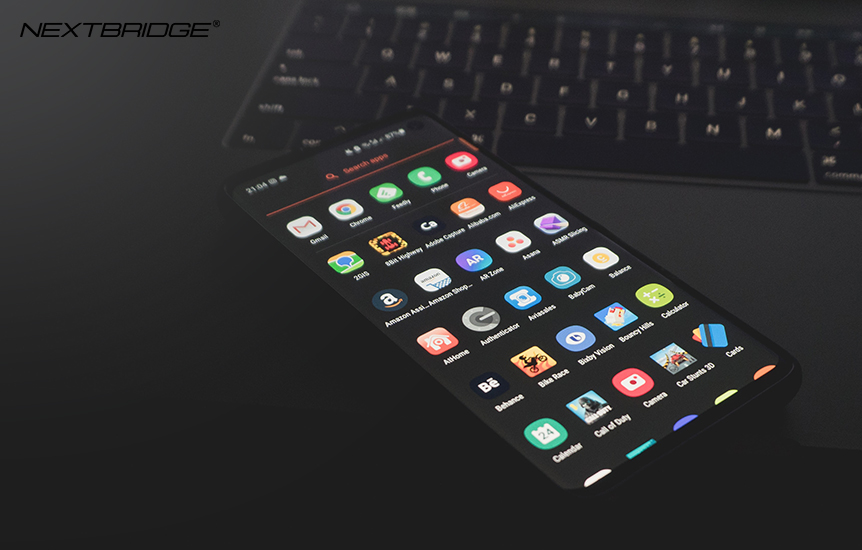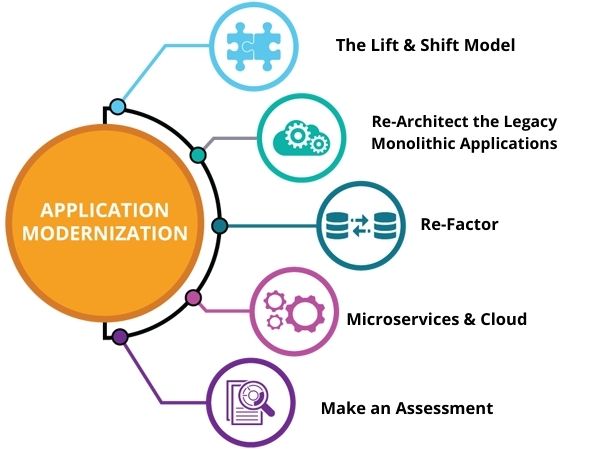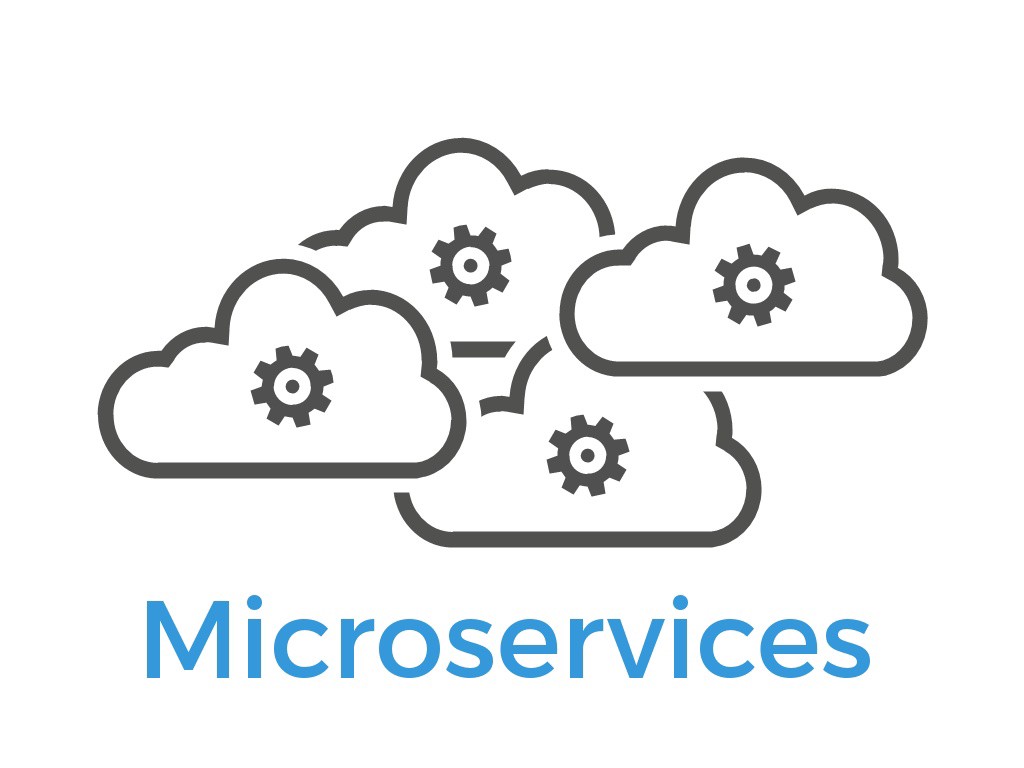Maintenance Plan Process
Contact an account manager
 Back to all articles
Back to all articles


Do you know what and where application modernization comes into play? Find out!
Let’s start with an interesting fact, according to a report majority of software tech stacks have a lifecycle of 5 years. This doesn’t mean that the stack will go worthless but rather, it will have some new additions or features. It’s common for tech stacks to get updated but it’s extremely uncommon for software developers to catch up with them. Most just don’t bother because at face value the older version works fine.

However, the truth is that when technology stacks get updated there can be a shift in how your software or application works. There can be common occurrences of errors, outages, and bugs throughout your application. This is the reason why a comprehensive application modernization strategy is needed for the optimal performance of your application.
Not a lot of software developers know what application modernization is yet it remains a powerful notion and can drive your app’s performance sky high. Application modernization is also known as Legacy Modernization which refers to the porting or converting of a legacy system to a modern computing language. This also includes the porting to newer software libraries, hardware and even some protocols.
The change in technology stack is a common occurrence and usually happens within all kinds of technologies. Within context of software or application, the tech stack’s major change primarily lies when a new framework pops up or there’s a new version of the older framework. We need to understand that when an existing technology moves on to something new, the older ones wouldn’t work the same they used to.
Here are some of the strategies for application modernization.
Rehosting or popularly known as Lift & Shift model, is an effective strategy to modernize your applications. This model involves the basic premise of moving your application resources from an on-premise data center to a cloud network. The infrastructure essentially remains the same but is only transferred to IaaS or Infrastructure-as-a-service. This also includes cloud-based storage and network resources. There are some disadvantages to this approach as it will cost more due to high cloud service costs and a slower time to market.
Using the microservices model and adopting modern DevOps practices, you can rearchitect your legacy monolithic application. This doesn’t involve a complete rebuild of your application rather it focuses on dividing your application into a collection of services that can be built and sustained individually. What happens when you divide your application into smaller services that are independent? It enables business agility, higher control over functions, and improves customer experience.
Re-factoring is another way of saying that you need to rewrite code. The only difference would be that this new code caters towards running the application in a new environment which most likely would be cloud. This application modernization strategy not only requires restructuring but also rewriting codebase.
The following are some of the technologies frequently used in application modernization strategies:
As mentioned before, microservices are used in application modernization as it allows the transition from a monolithic development towards smaller components that can be controlled independently.

In essence, application modernization refers to the transition of traditional applications to a cloud-based environment. Cloud computing consists of cloud structures that include public, private and hybrid cloud networks.

Many developers just rely too much on the past and don’t let it go easily. Too much reliance on existing technology can reduce the overall performance of your application but as the application works fine on face value, modernizing it becomes a secondary concern for most. Besides, most development teams aren’t really comfortable with the idea of implementing modernization techniques.
Obviously, when a new technology paves its way in clients don’t really know about it. Developers, however, do know about it and when they bring the conversation to the clients they get shut off. This is because clients aren’t willing to invest in the updated tech stacks as it will cost them. Also, their app is working fine on the older tech stack which further gives them a reason to not invest in the technology.
This can be countered by telling them that the ROI of updated tech stacks is immense and it will increase the performance of your application in manifold ways. If you’re looking for a development resource that can gear towards application modernization, then don’t hesitate to holler!

Commitment to excellence



